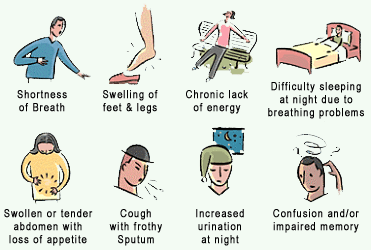
Flu is a contagious disease that affects the body and can last for 2 weeks or more. Symptoms of influenza are similar to common cold symptoms and typically develop one to three days after the first exposure to the virus. While many people can be infected with influenza without developing symptoms, the infection can be deadly if not treated promptly. Luckily, the immune system is able to fight off an infection, and about 30% of cases don’t cause symptoms at all.
The influenza virus causes a wide range of symptoms and is very contagious. The virus can be deadly in healthy individuals and can lead to life-threatening complications. The most common signs of the flu are fever, aches, chills, sore throat, runny nose, and body aches. Those who are at highest risk of getting flu will suffer the most. It can also result in respiratory complications. As a result, catching influenza is vital to ensuring you get the treatment you need.
When you get the flu, it is essential to seek medical attention as soon as possible. The symptoms of the virus range from mild to severe. These include fever, runny nose, sore throat, muscle aches, headache, fatigue, and sneezing. The flu usually begins two to eight days after exposure and generally lasts for two to seven days. In children, diarrhea can also occur. If you have the flu, you should consult your doctor to be sure you’re not at risk for it.
There are several types of influenza viruses. The most common and lethal strains are H1N1 and H3N2 viraemics. Viruses can infect humans by direct contact with the infected person or object, as long as the affected individual is not wearing a mask. Fortunately, there are many antiviral medications available to help prevent the spread of the virus. Once it gets into the body, influenza can cause serious complications.

The flu is a highly contagious viral infection that can cause mild to severe symptoms. It can also be fatal and it can even lead to death. It spreads through the air and surfaces touched by infected people. Although the flu is a common illness, it can cause a number of complications and even death. It can also lead to a severe case of pneumonia. You must not let this happen to you. To do this, you can get useful information about the treatment and prevention of influenza on the site sarjana.co.id/.
The most common symptom of the flu is a sudden increase in body temperature. In addition, it is often accompanied by headache, pain in the limbs and general weakness. In adults, flu symptoms vary slightly, but in children, symptoms can be more severe and can lead to death. Young children tend to shed the virus faster than adults and have fewer severe symptoms. A lower respiratory tract infection usually causes only a mild form, but can still be fatal.
The influenza virus belongs to the family Orthomyxoviridae. It is characterized by a large RNA genome that is composed of segments. The genome of this type of virus is segmented into single-strand RNA. The viral genome is made up of a polymerase complex which contains three proteins. These proteins are responsible for the replication of the influenza virus. They are the most common cause of illness in children, but they can also occur in adults.
Influenza virus isolates are classified by the type of virus that causes the illness. A common type is H3N2v. It was first detected in 2011 and caused a multi-state outbreak in 2012 that resulted in 306 human cases and 16 hospitalizations. A few strains of influenza have become highly resistant to vaccines. Some cases are more contagious than others, but there is no need to panic. As the flu season continues, people should be vigilant for symptoms and keep themselves and their loved ones healthy.
Unlike influenza A virus, influenza type B viruses are not classified by subtype. The type B influenza virus is a subtype of the influenza virus and has been known to co-circulated with human viruses. It is possible that the two types of viruses can overlap. During recent seasons, these viruses co-circulate in different countries. Trivalent vaccines contain one of each type. In the future, quadrivalent vaccines will contain both of them.